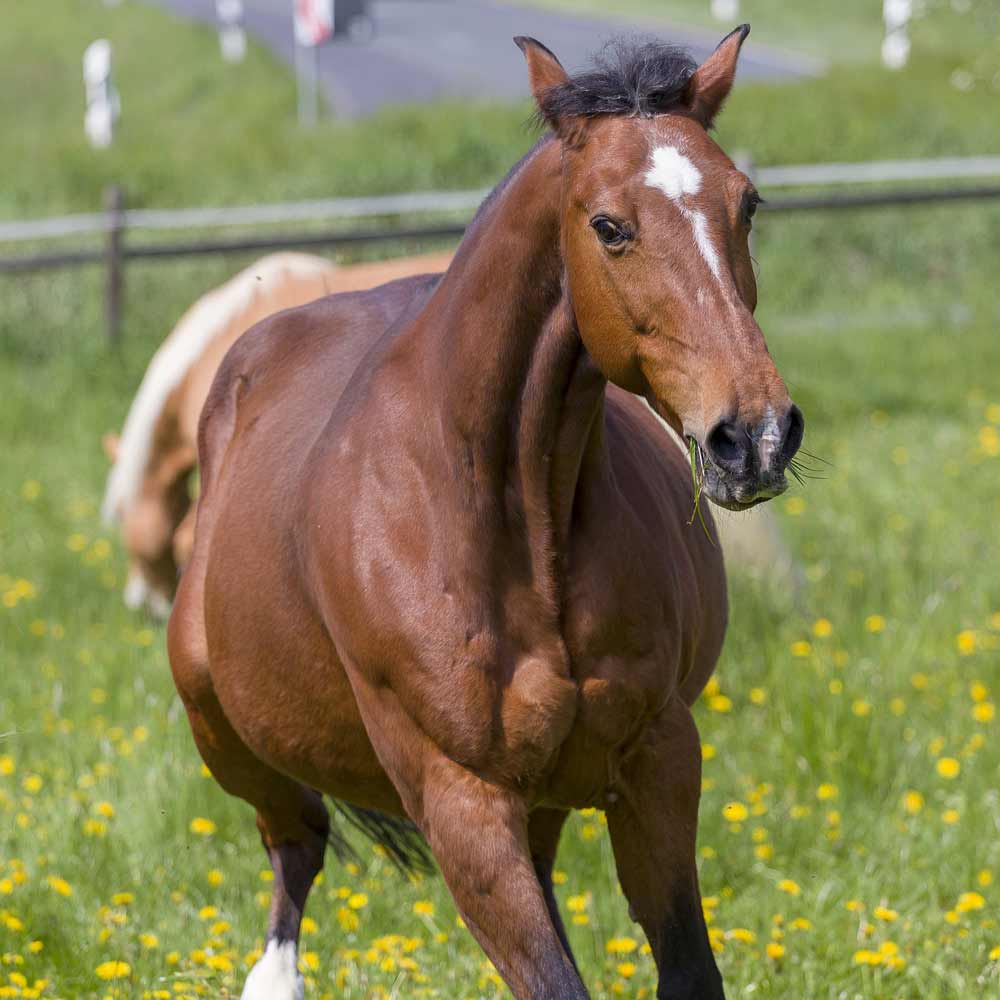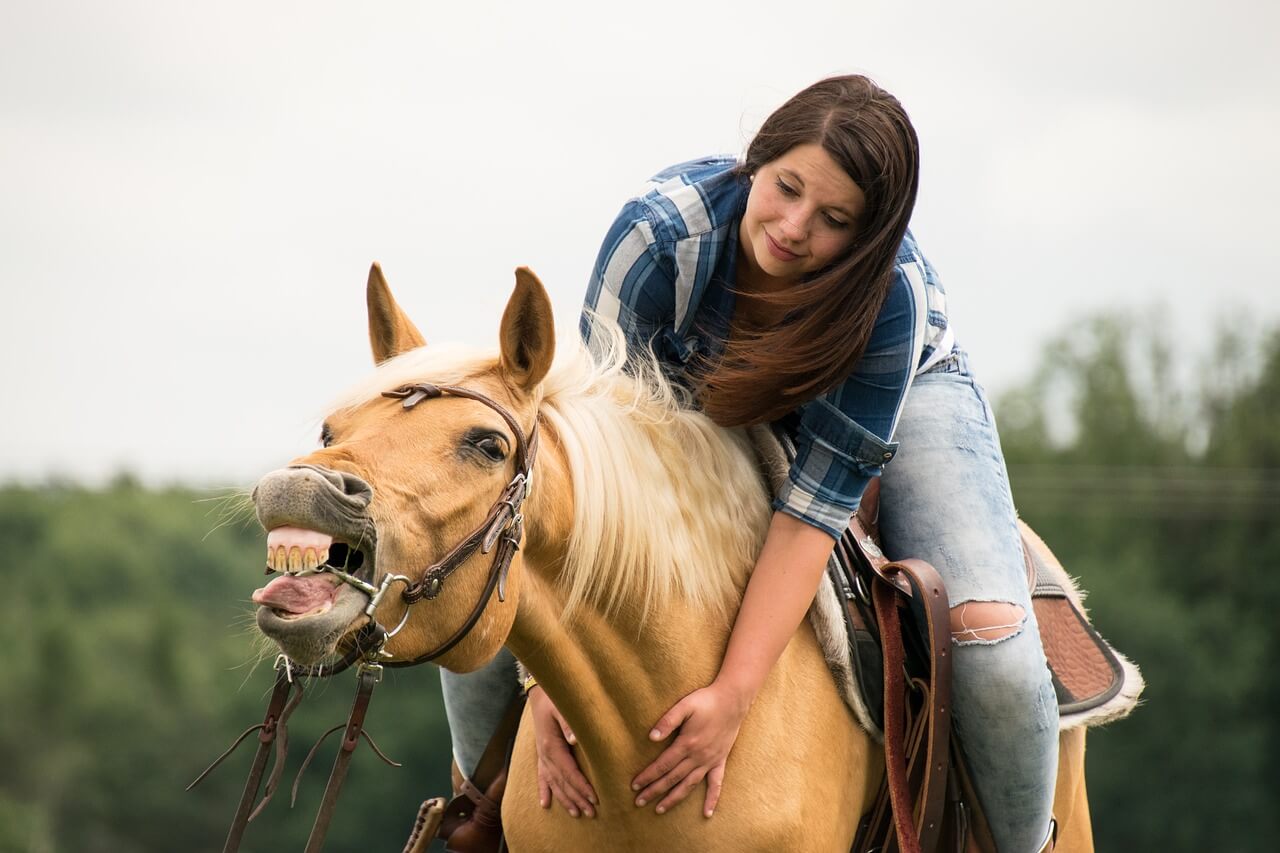Horse riding, with its blend of grace and challenge, captivates enthusiasts worldwide. The allure lies not only in the thrill but also in the deep connection forged between rider and steed. Beyond mere recreation, it’s a pursuit steeped in tradition and skill, demanding both physical prowess and mental acuity. From the novice to the seasoned equestrian, the journey of mastering horse riding is as rewarding as it is demanding. In this article, I am going to talk about how to get on a horse.
The Intricacies of Mounting
Mounting a horse isn’t merely about hopping onto its back; it’s a nuanced process requiring precision and understanding. Each step, from approaching the horse to securing the saddle, carries significance. The rider must establish trust and rapport with the horse, ensuring a harmonious start to the ride. Before taking the reins, one must grasp the fundamentals, learning the art of balance and control.
The Artistry of Horse Riding
Horse riding is akin to a dance, where rider and horse move in synchrony, communicating through subtle cues and gestures. It’s a language of touch and motion, where the slightest weight shift can convey volumes. The rider must master not only the physical techniques but also the psychological aspects, understanding the horse’s temperament and responding accordingly.
Navigating the Rules and Etiquette
Like any discipline, horse riding has its own set of rules and protocols, governing everything from attire to behavior in the ring. Proper etiquette is paramount, ensuring the safety and enjoyment of all involved. Riders must adhere to guidelines, showing respect for both fellow riders and the majestic animals they partner with. Through adherence to these standards, the equestrian community maintains a sense of camaraderie and mutual respect.
The Ongoing Journey of Mastery
Mastery in horse riding is a lifelong pursuit, marked by continuous learning and refinement. Each ride offers new challenges and insights, pushing the rider to evolve and grow. It’s a journey of self-discovery, where one not only hones their skills but also deepens their connection with the noble creature beneath them. With dedication and perseverance, the rider embarks on a quest for excellence, embracing the joys and trials of the equestrian path.
Check and double-check your girth
Checking the perfection of the girth is essential. If it is not quite ok, fix it earlier. The girth should be stuck to the animal in such a way that the saddle can be able to roll when you are about to get on this with comprehensive force and pressure. The horse must be stable and upright when you accomplish this.
As you have been taking your position on the left side of the horse, you should be able to hold the ends part of the reins in your left hand. The location and position to be just in front of the saddle. Don’t forget to keep them loose while you mount. The person beside you can also help you to get this done. Horse Riding Accessories, Grooming, Gear, Food, Heath Treat, Care, books
During this phase of training, place your left foot in the horse’s stirrup. It is your priority to put the ball of your foot on the stirrup. At the same time, make sure you are successfully sticking your foot through to the heel. By using a stirrup this way, you are facilitating the riding process. You have to do these steps as quickly as possible.
You will not get enough time at this phase. Therefore, you have to accomplish several tricks simultaneously to make your job done. Put the weight of your body on the left foot while you would proceed with a standing position.
Mounting the Horse: Crucial Steps
Checking the Girth Before proceeding, ensure the girth is properly secured to prevent the saddle from rolling when mounting. The horse should remain stable and upright during this process.
Positioning Reins and Assistance Stand on the left side of the horse and hold the reins loosely in your left hand, just in front of the saddle. Enlist the help of someone to assist you in this task.
Placing Foot in Stirrup Quickly place your left foot in the horse’s stirrup, ensuring the ball of your foot is positioned correctly. Slide your foot all the way through to the heel to facilitate the mounting process.
Simultaneous Actions As time is limited during this phase, execute multiple actions simultaneously. While placing your foot in the stirrup, shift your weight onto your left foot to prepare for standing up.
More Interesting Articles
- American Paint Horse – Facts | Colors | Profile | Characteristics
- 7 Tips on How to Groom A Cat at Home Even by An Amateur
- Shire Horse Breed Profile, Facts, History and Description
- British Shorthair Kitten Profile, Facts, Care, Breeder
- Thoroughbred Horse Breed – Facts | Profile | Traits | Care
- Black Abyssinian Cat Profile, Description, Traits, Facts, Care
- Friesian Horse Breed Profile, Facts, Traits, Care
- Blue Abyssinian Cat Breed Profile, Care, Traits, Facts
- Horse Training for Beginners – Steps to be An Expert
- Hairless Cat Breeds – Profile | Traits | Facts | Care | Types
- Steps On Teaching A Horse to Neck Rein Like An Expert
- Munchkin Cat Breed – Profile | Lifespan | Personality | Care
- Training Wild Horses – How to Start from the Scratch
- Snow Bengal Cat Profile, Traits Care and Buying Guide
- Welsh Pony and Cob Horse – Profile, Traits, Facts, Care
- Ragdoll Cat Breed Profile, Care, Traits, and Buying Guide
- Miniature Horse Breeds – Profile | Traits | History | Care
- Russian Blue Cat – Facts | Profile| Care | Traits | Facts
- Percheron Horse – Breed Profile, Traits, Facts, Care
- Sphynx Cat Breed – Facts, Traits, Behavior, Profile, Care
- Breton Horse Breed – Profile, Traits, Facts, Care
- Black Bengal Cat – Profile | Personality | Characteristics | Size
- Shetland Pony Miniature Horse Breeds Profile Standard
- Rusty Spotted Cat for Sale – Facts and Measures
- Hackney Pony Horse Breed Profile and Riding Lesson
- 20 Really Cool, Interesting Facts about Horses for Animal Lovers

